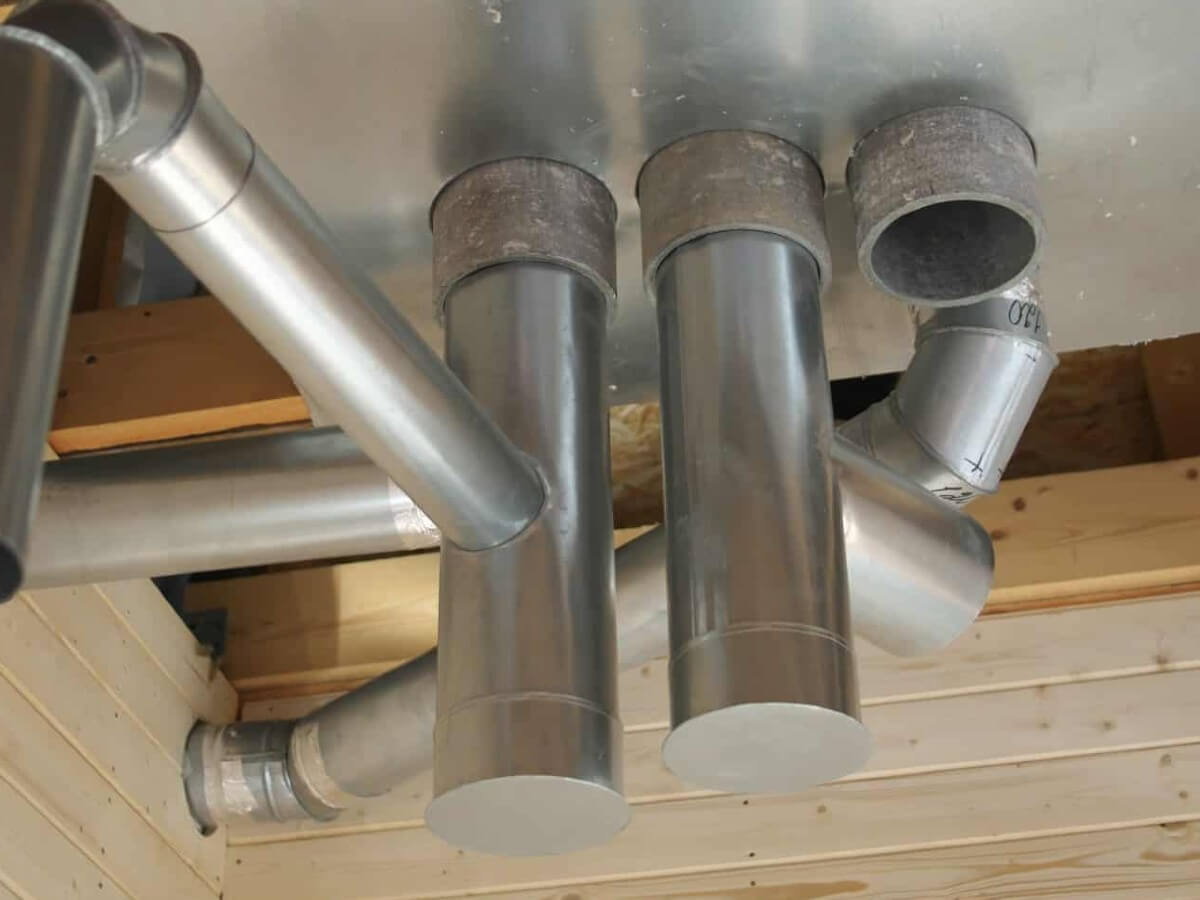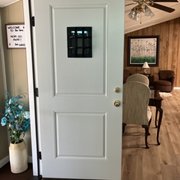With the summer heat at its peak, you may need to increase cooling measures in your home. For best results, look no further than a whole house fan.
A whole-house fan system is a cost-effective and straightforward way to cool your space. It works by causing negative pressure. This pulls air from open windows and exhausts the hot air through the attic to the outdoors.
The greater the negative pressure, the more positive pressure in your attic. This positive pressure encourages the attic to release cool air. Air comes through vents, such as soffits in the eaves. This whole process brings a refreshing cooling effect to the entire home.
A whole house fan is efficient when operated at night, in the morning, and late evening. During these times, the outside air is cooler and most useful for replacing the air inside your home.
How To Install A Whole House Fan
The whole house fan system is typically installed in the roof or attic of your business or home. The whole house fan installation takes a minimum of 15-30 minutes.
A typical whole-house fan has a vertical or horizontal mount, a decorative finishing grill, and a powerful motor system. Other parts include a trace-and-cut installation template, an 8-foot pre-installed cord, and a ventilator ceiling grill. You may also have a double-stack switch and an 8-hour digital timer.
- First off, decide where you’d like to fit the ventilator grill. Mark the wall opening or ceiling using the premade template.
- Next, fix the whole house fan in the attic and hang the acoustic insulated ducting and motorhead.
- Afterward, install the ceiling grill in the intake area. Just pull the grill through the opening in the drywall, set it in place, and tighten the cover.
- Finally, wire it up. Thanks to the preinstalled cord, this part is easy. Tie the cord into an available circuit in your basement, fix an electric receptacle, and plug the fan in.
Advantages of a Whole House Fan System
There are many pros and cons of whole-house fan systems. As for the advantages, a properly installed system is quiet and lasts up to ten years.
Additionally, whole house fans are impressively energy-efficient. They use a lower amount of power than the average air conditioner.
Whole house fans work quickly to circulate a refreshing breeze around your home. They draw cooling air through open windows and push warm air out. So, even if you don’t have an air conditioning system, a whole-house fan can provide a cooling indoor breeze.
The Downside
Just like all things, there are downsides. Firstly, a whole house fan may not work correctly in some climates.
Secondly, if you are pollen-filled, very hot, or dusty, this machinery may bring these elements straight into your home.
And finally, some models may emit a low hum as they operate. Luckily, the disadvantages of a noisier model can usually be remedied by installing the fan away from living areas.
A Good Bet
You can find a whole-house fan that works for your home with proper research and installation. If you have any additional questions or are ready to leap, contact us at Ameriside. Our experienced technicians can install a whole house fan system quickly and efficiently. Your comfort is our priority. Contact us today at (800) 599-8124.



























